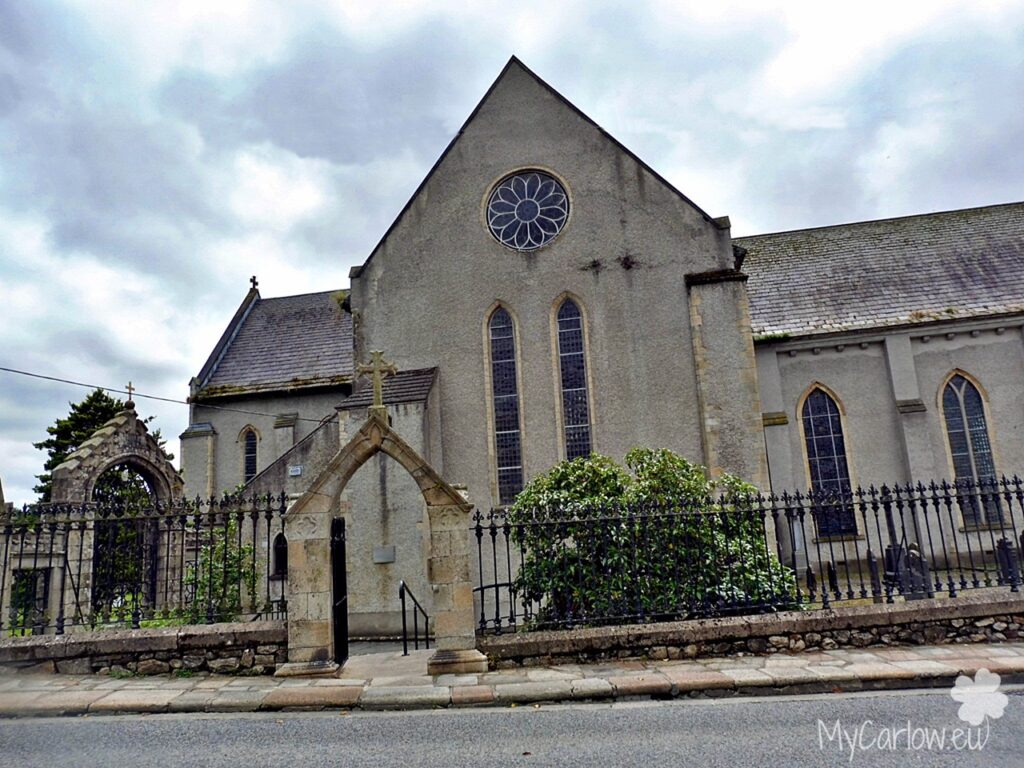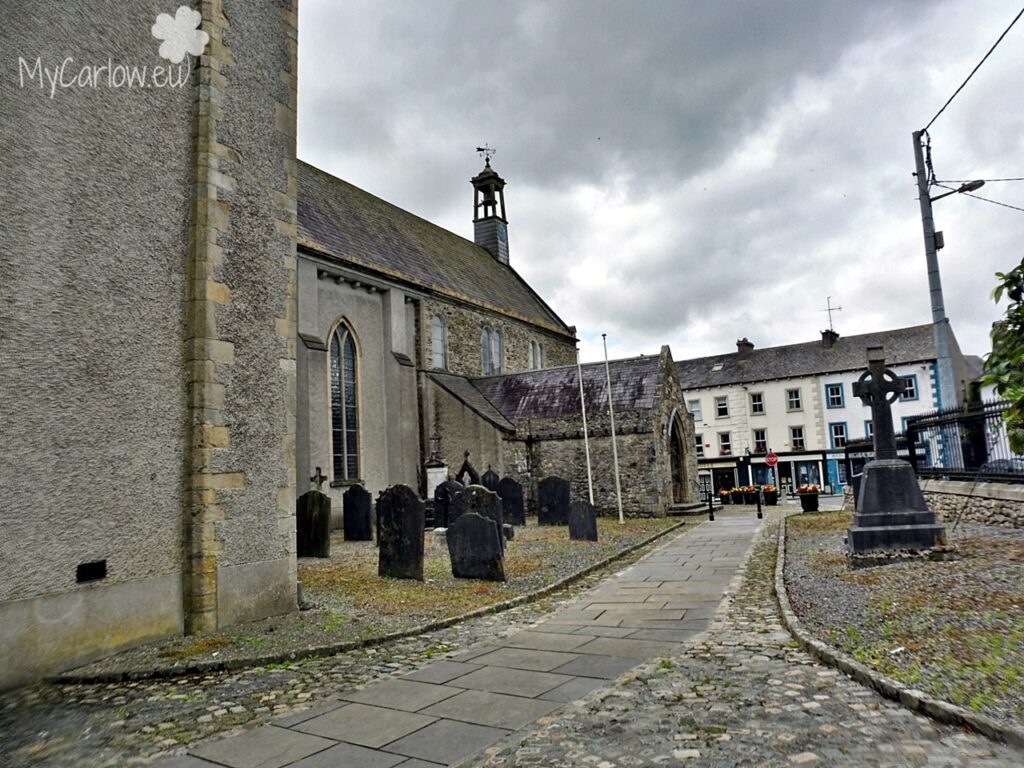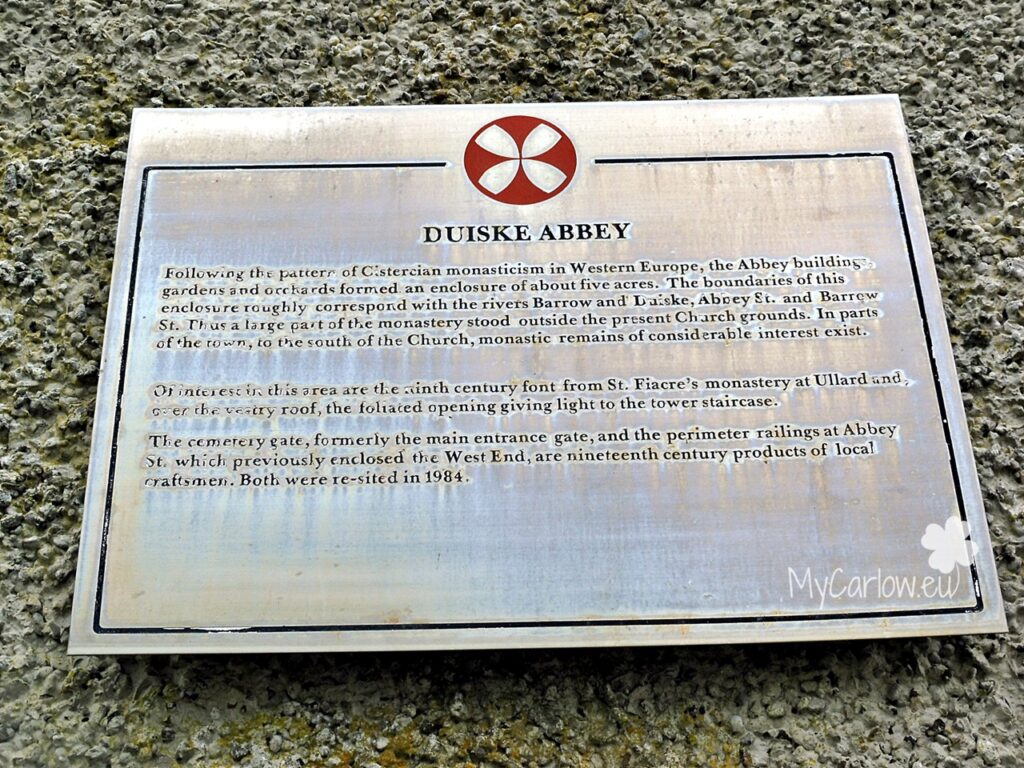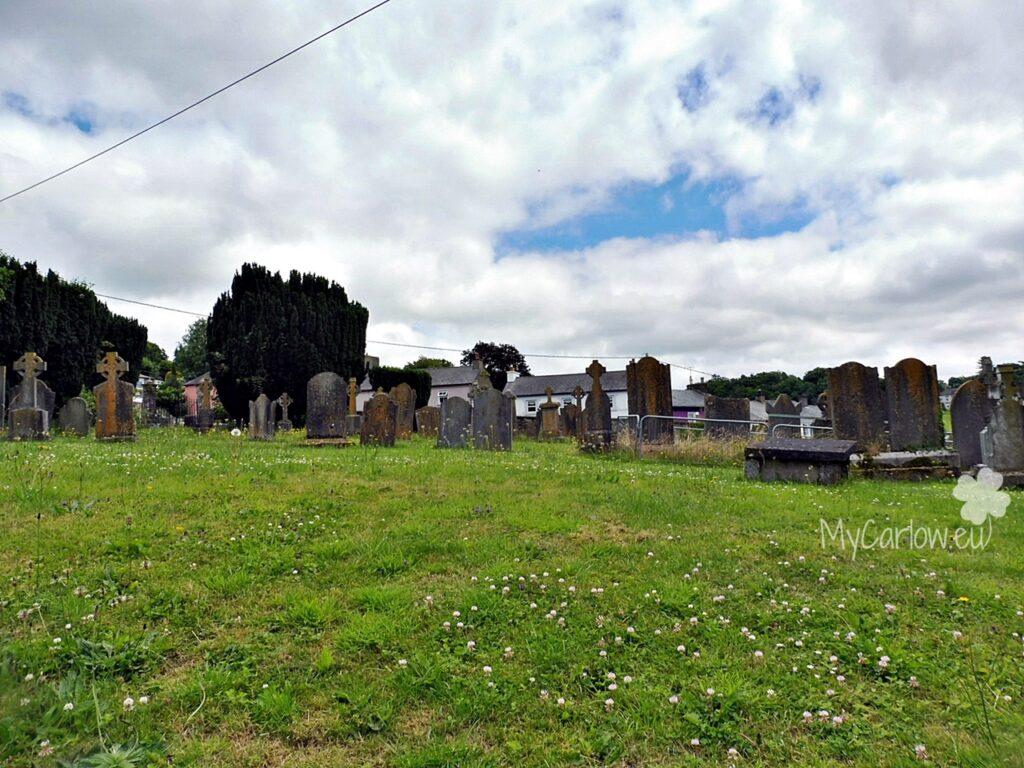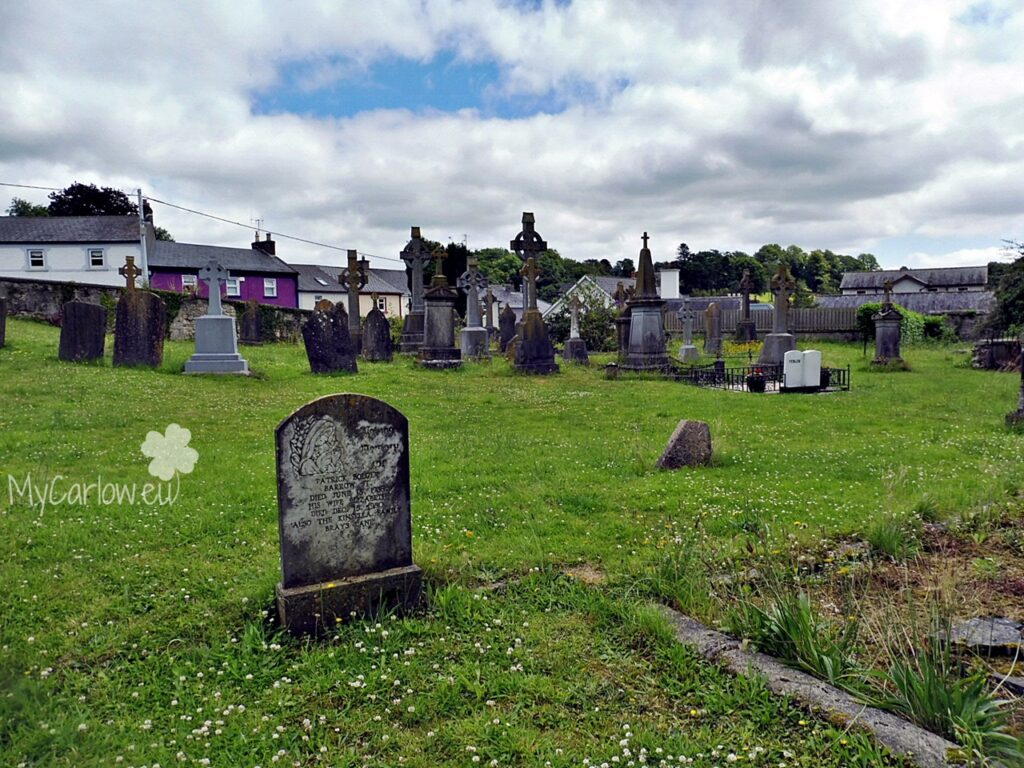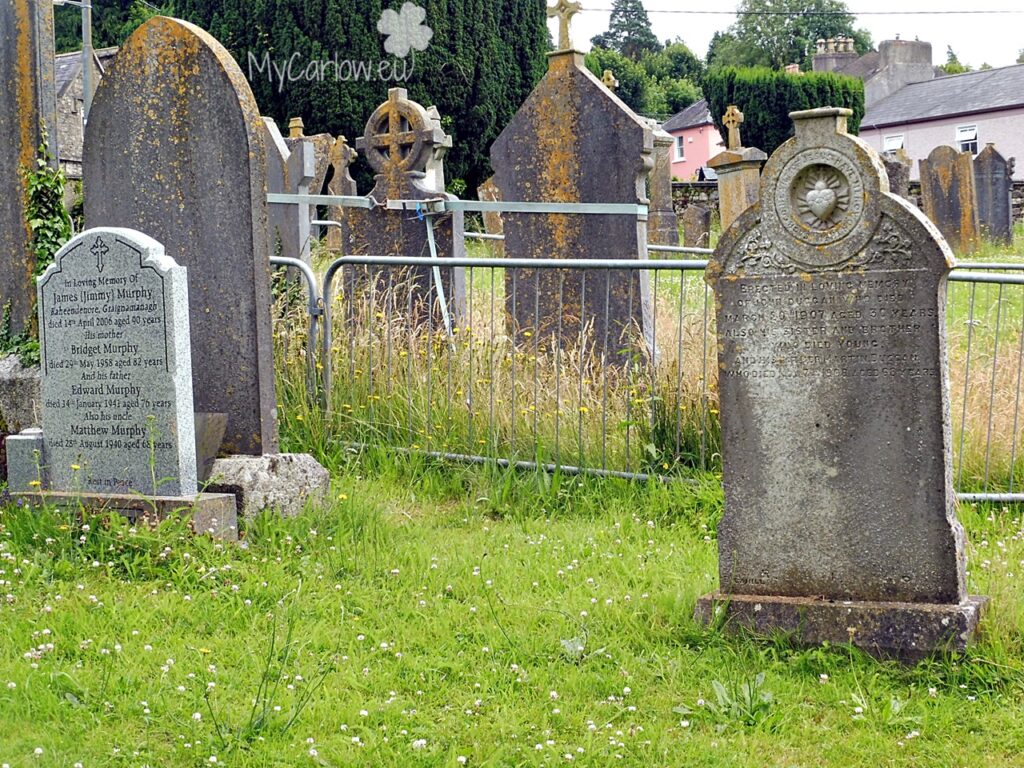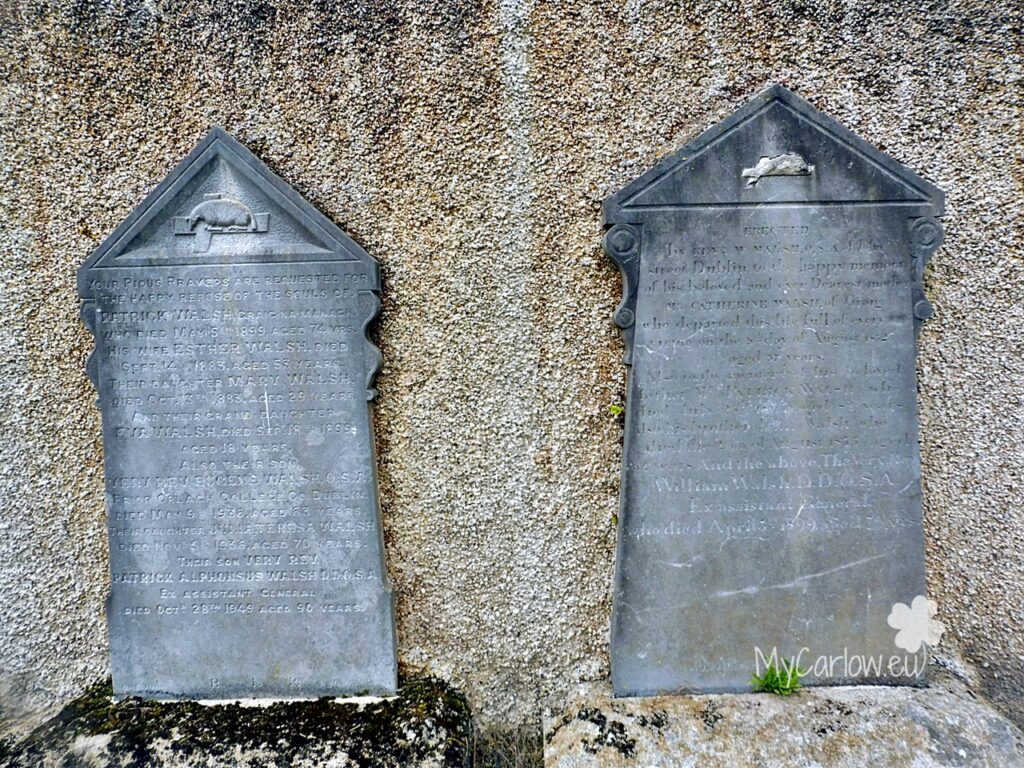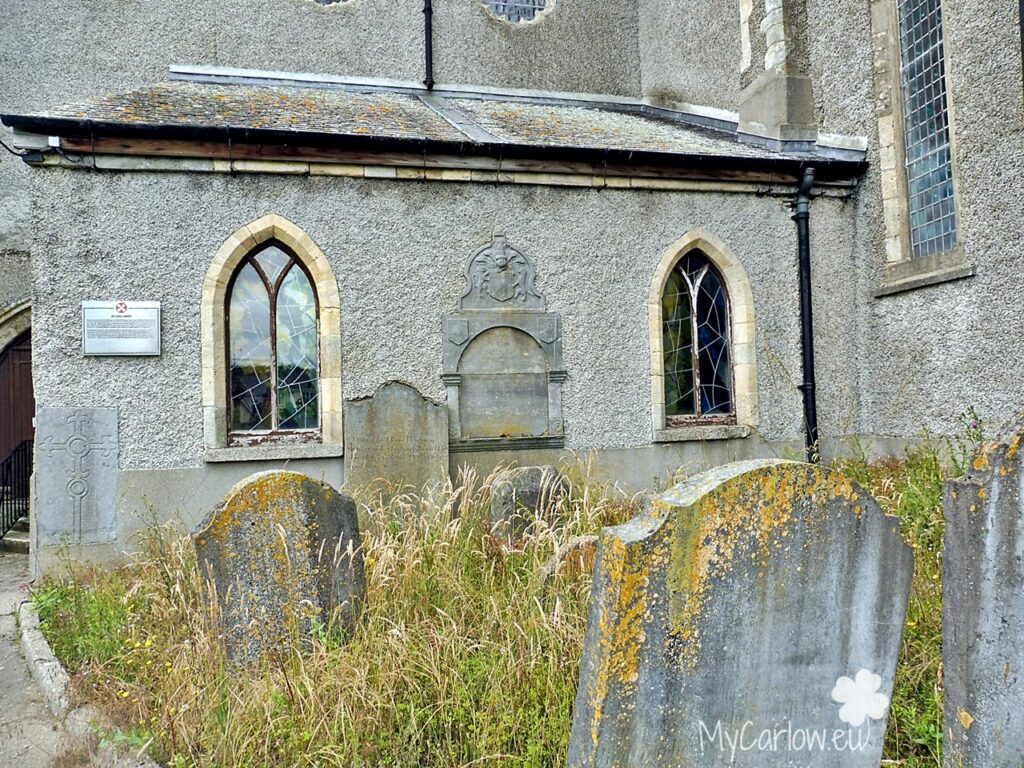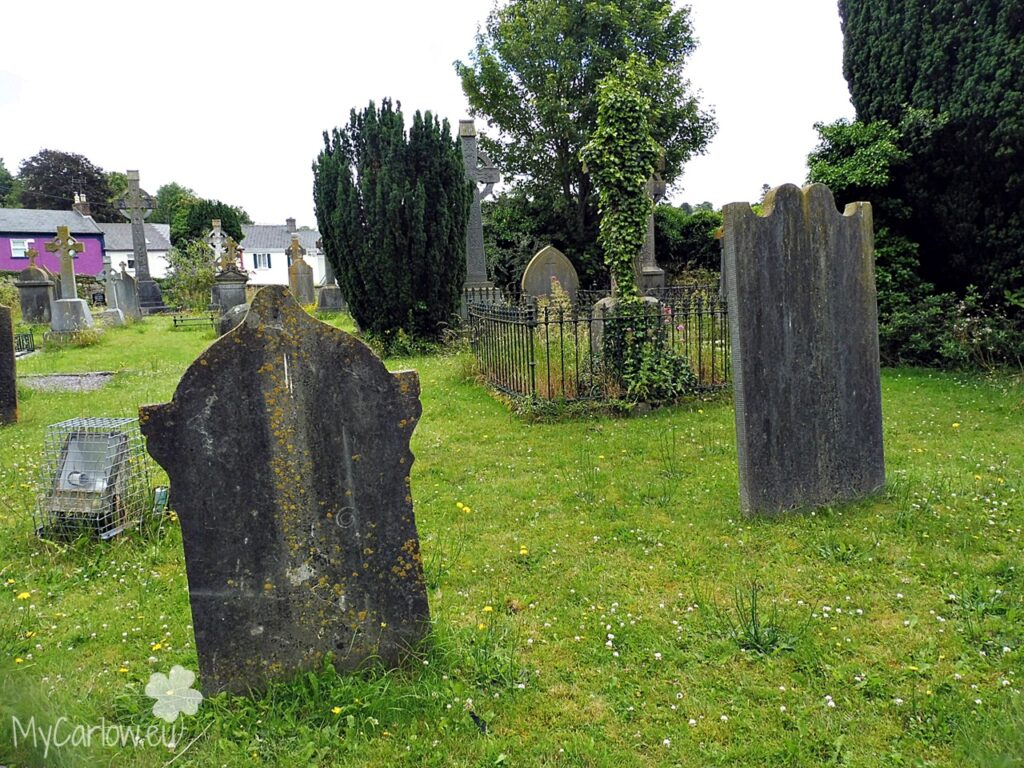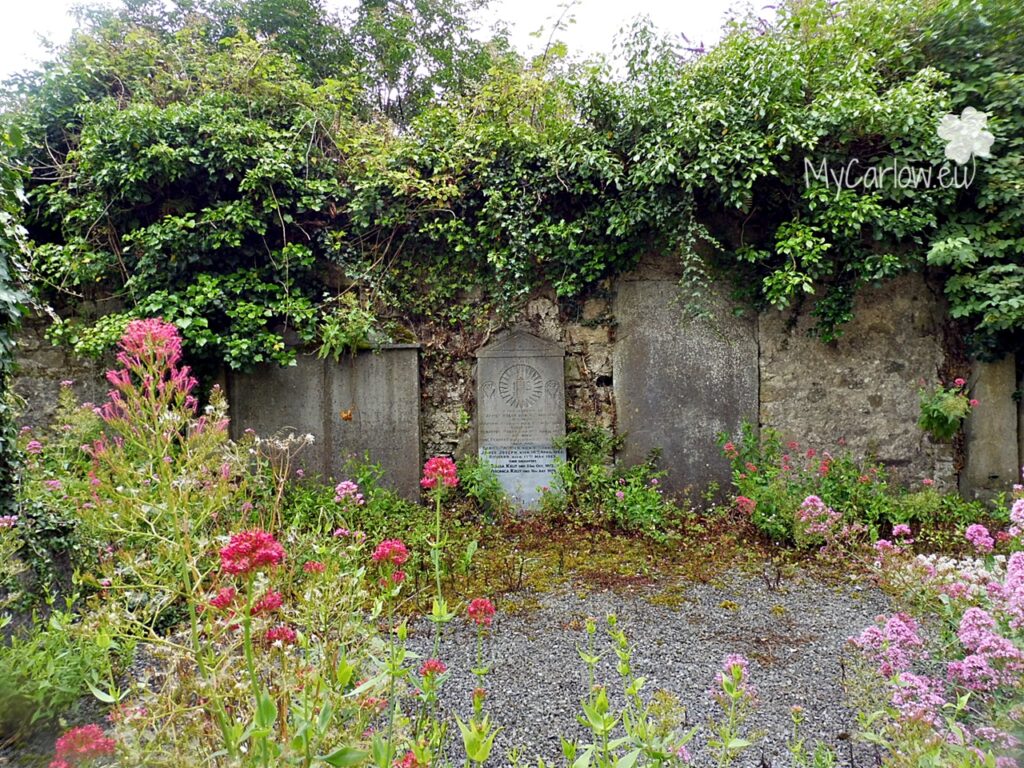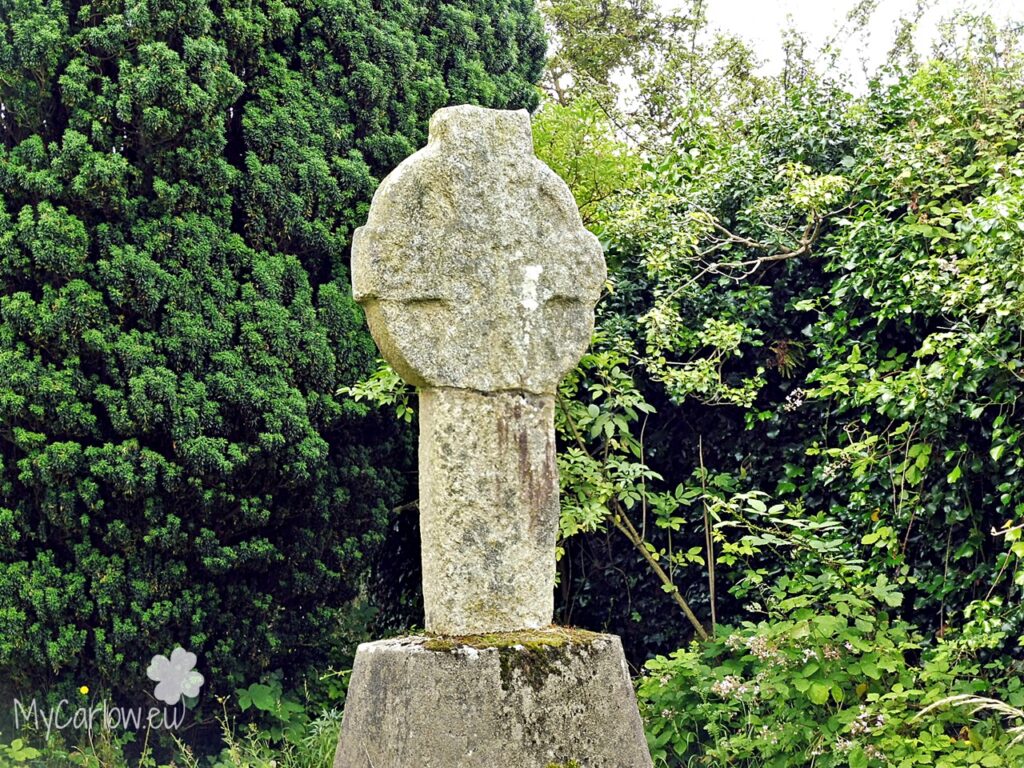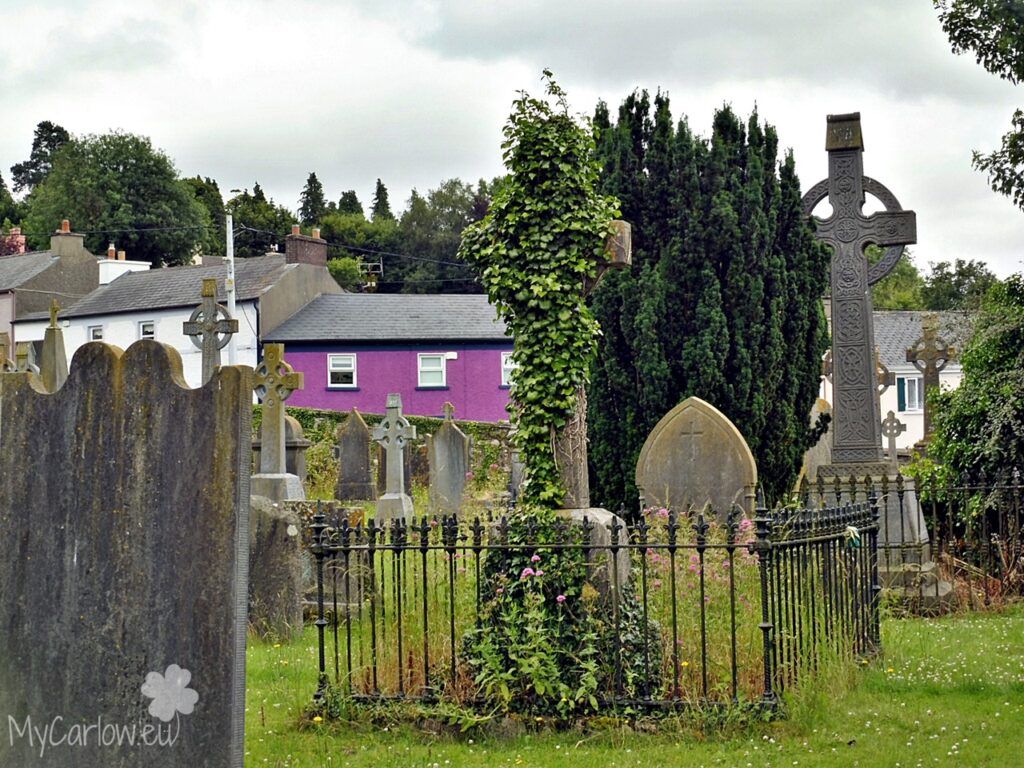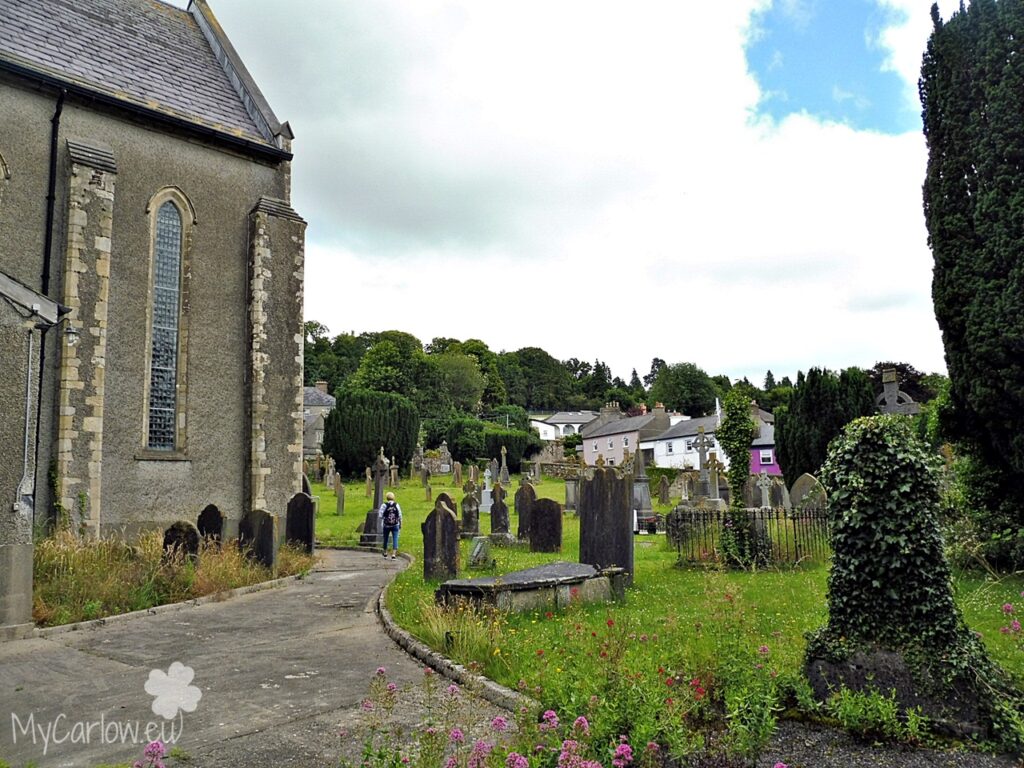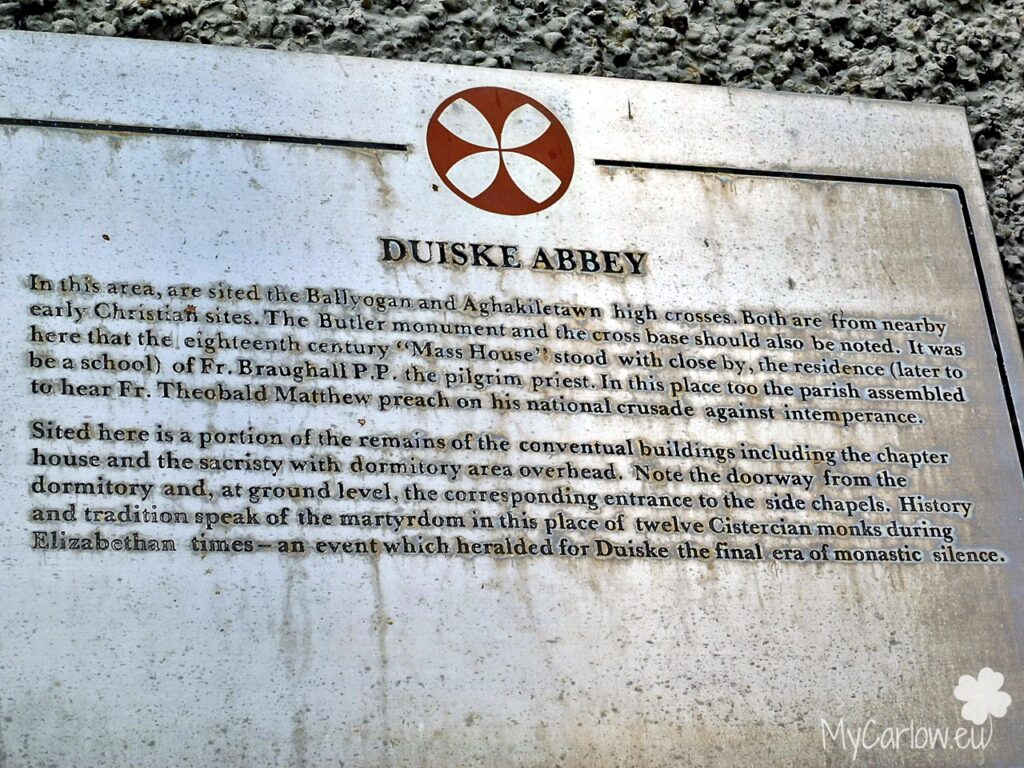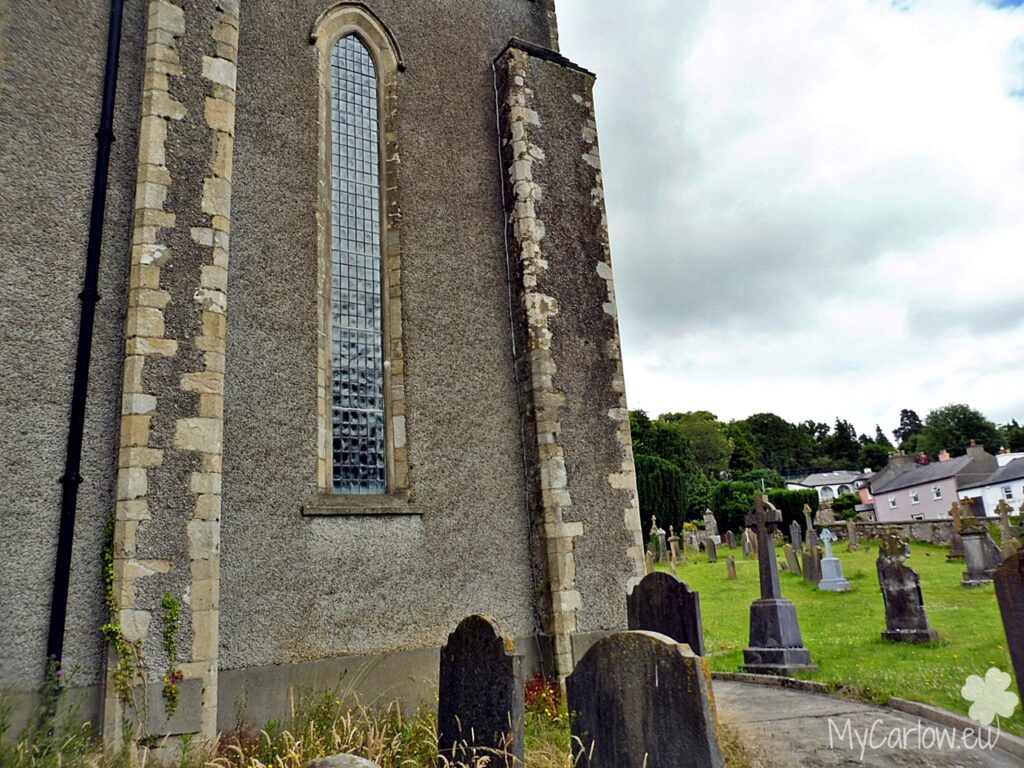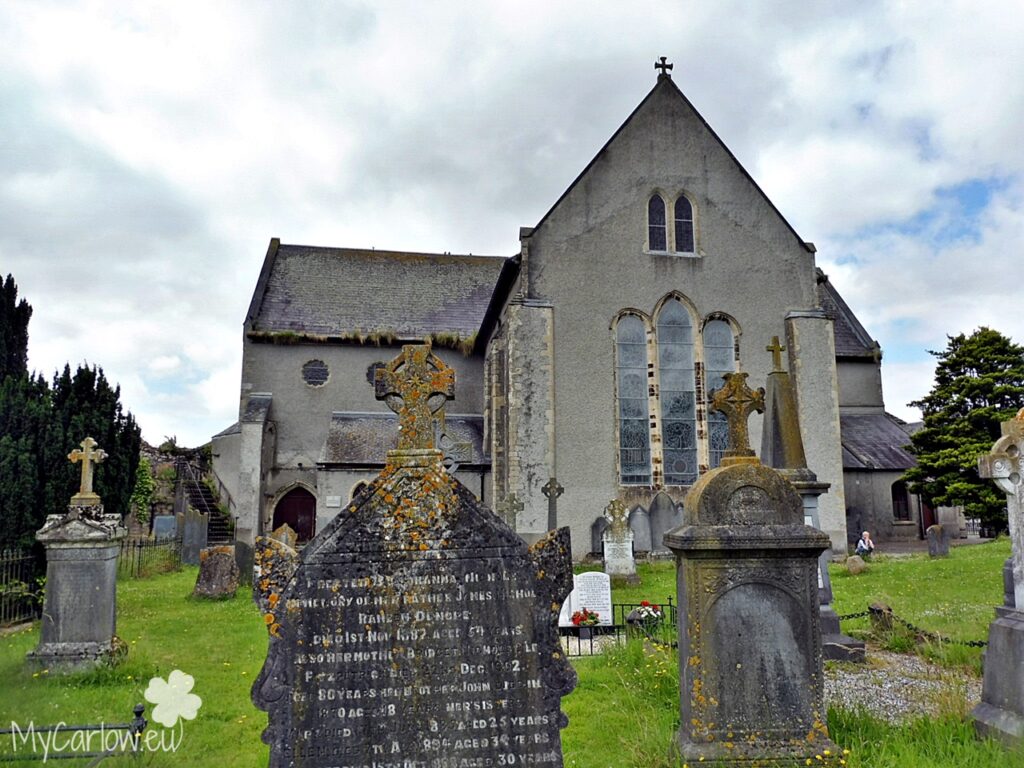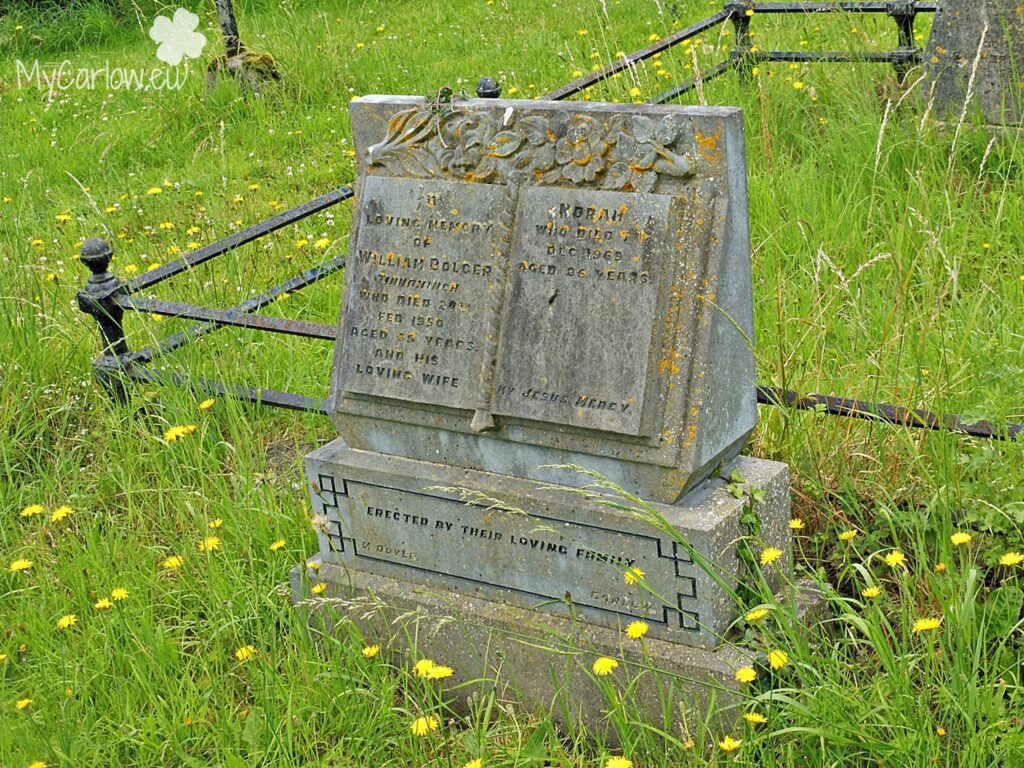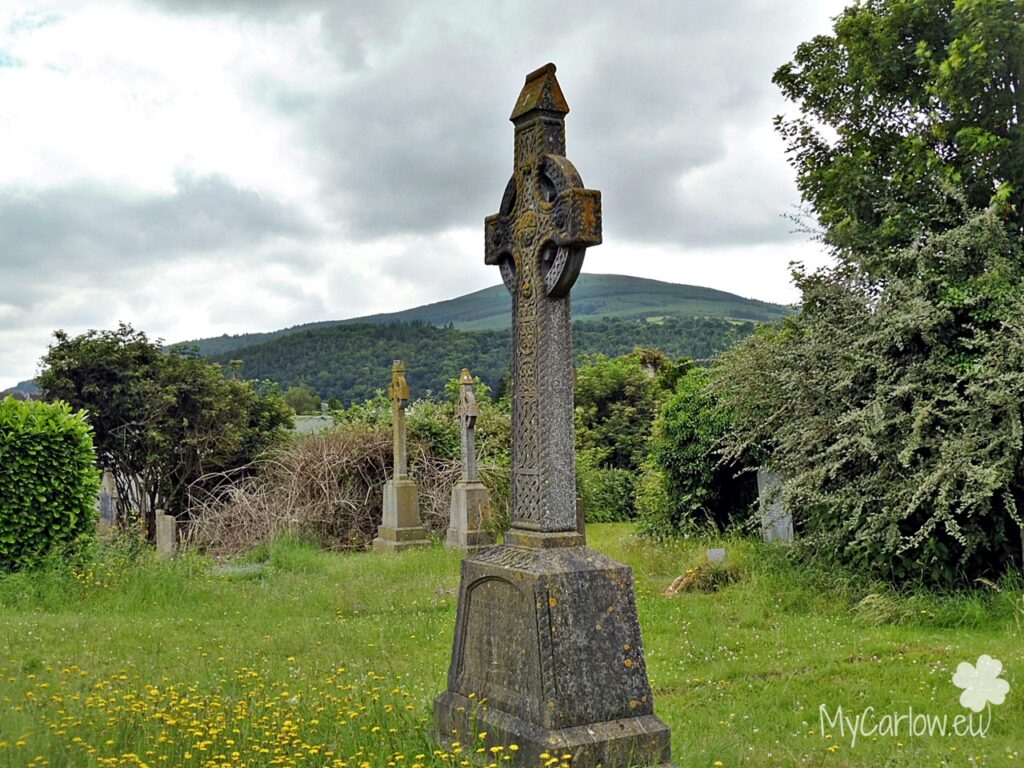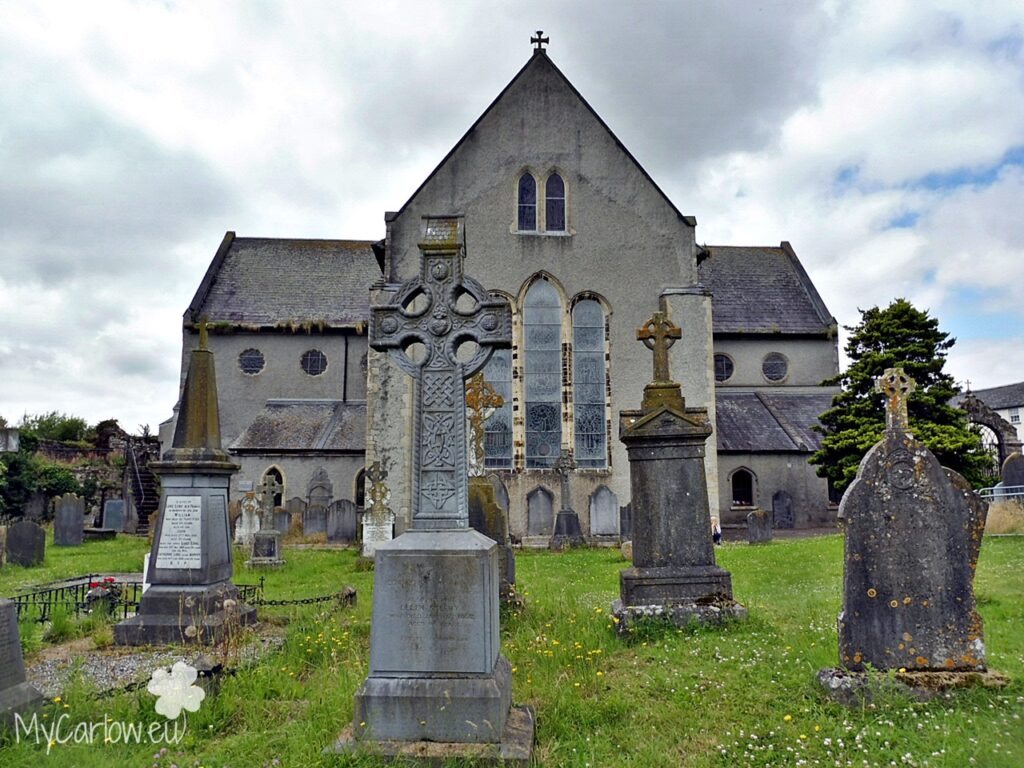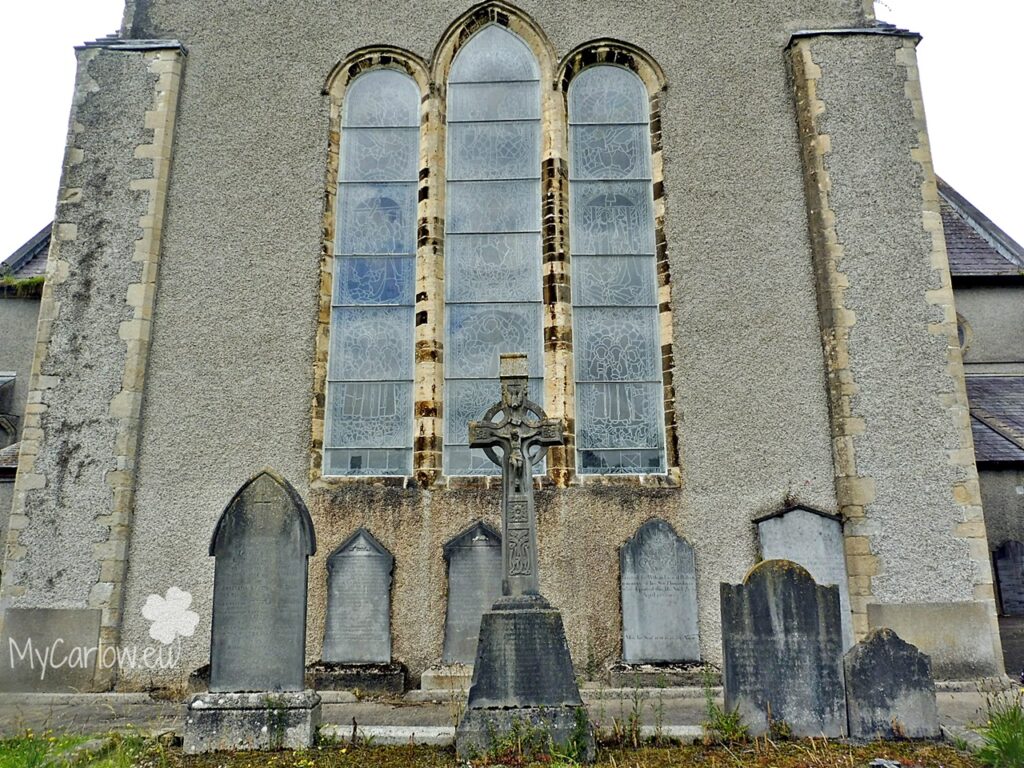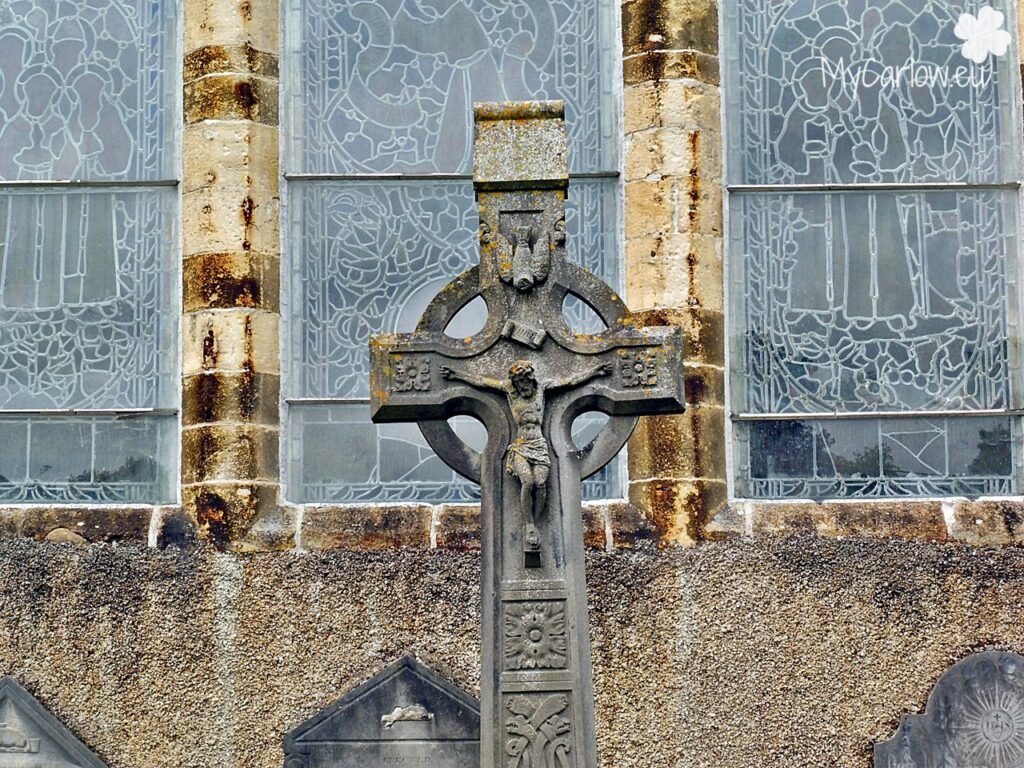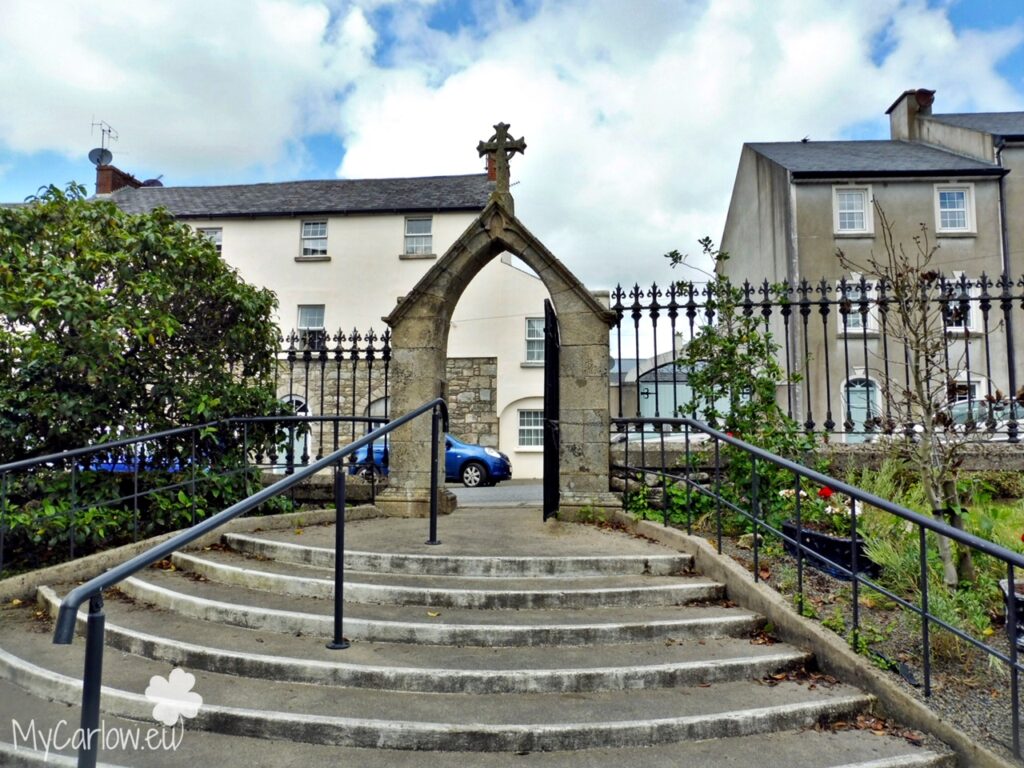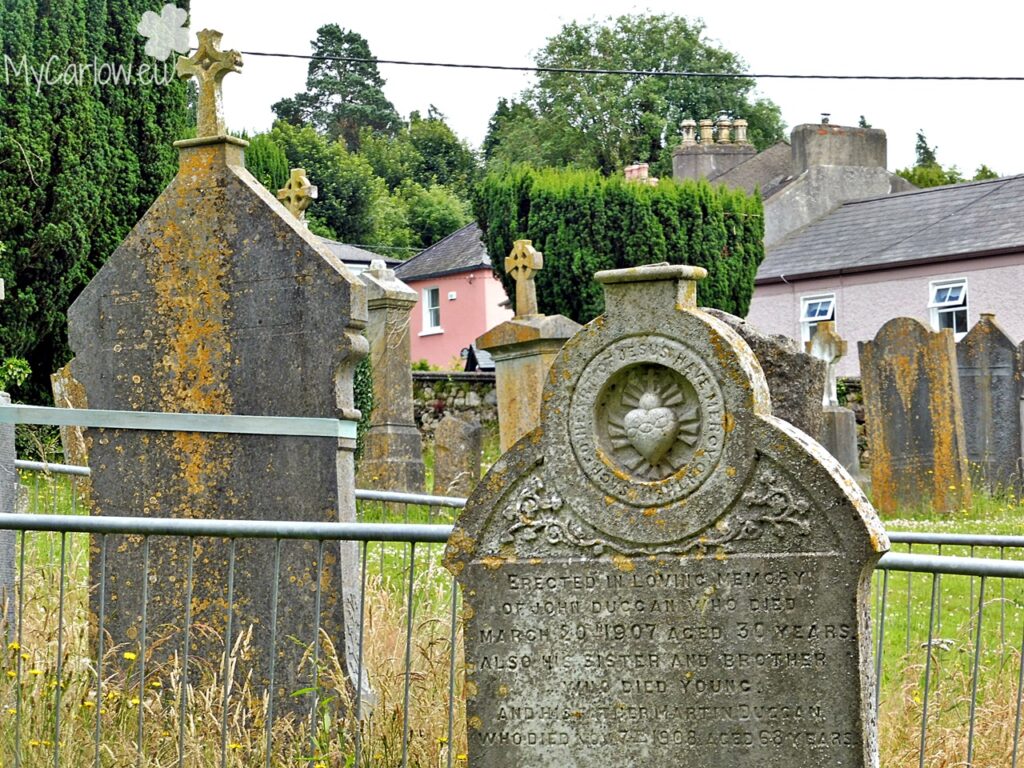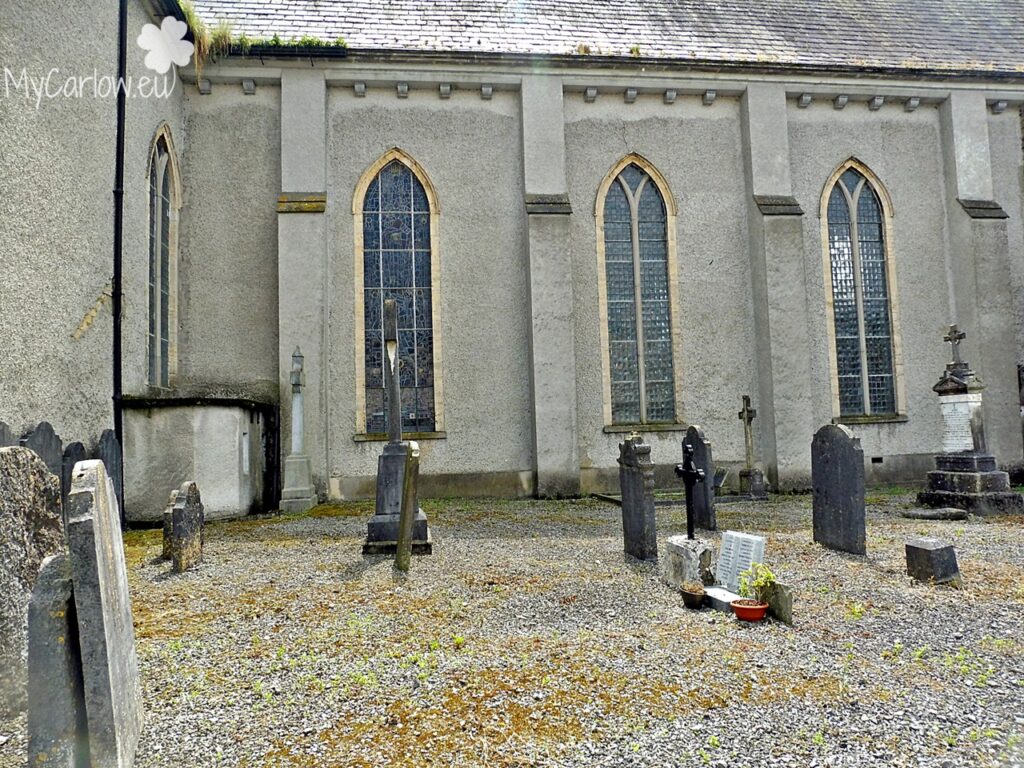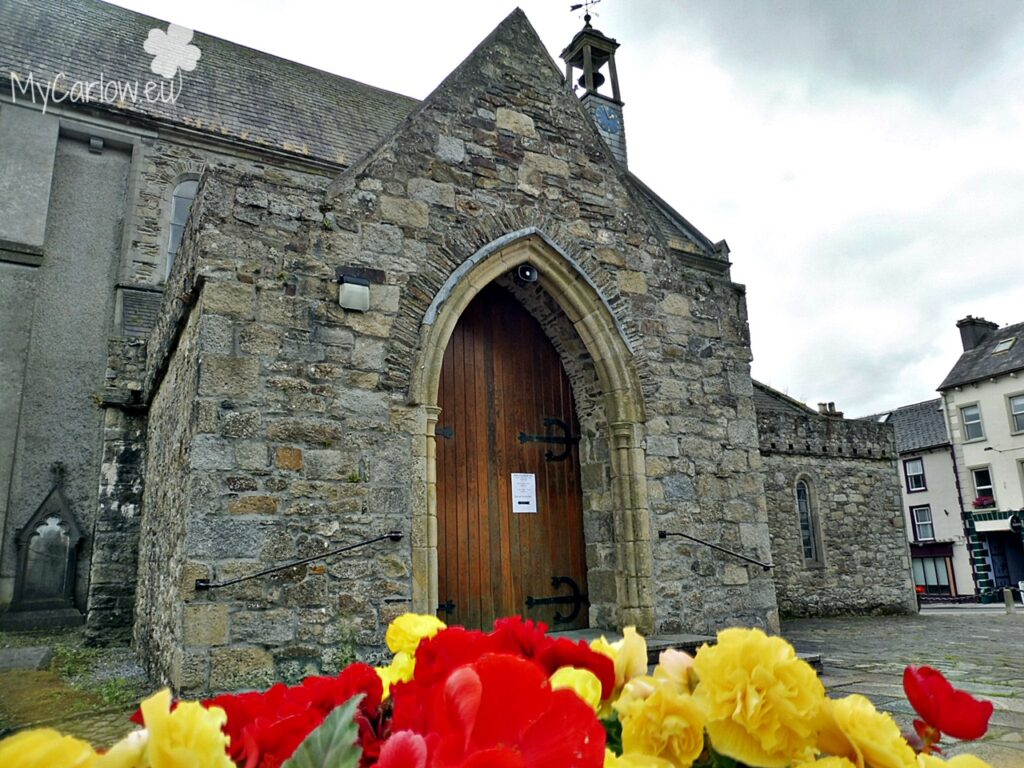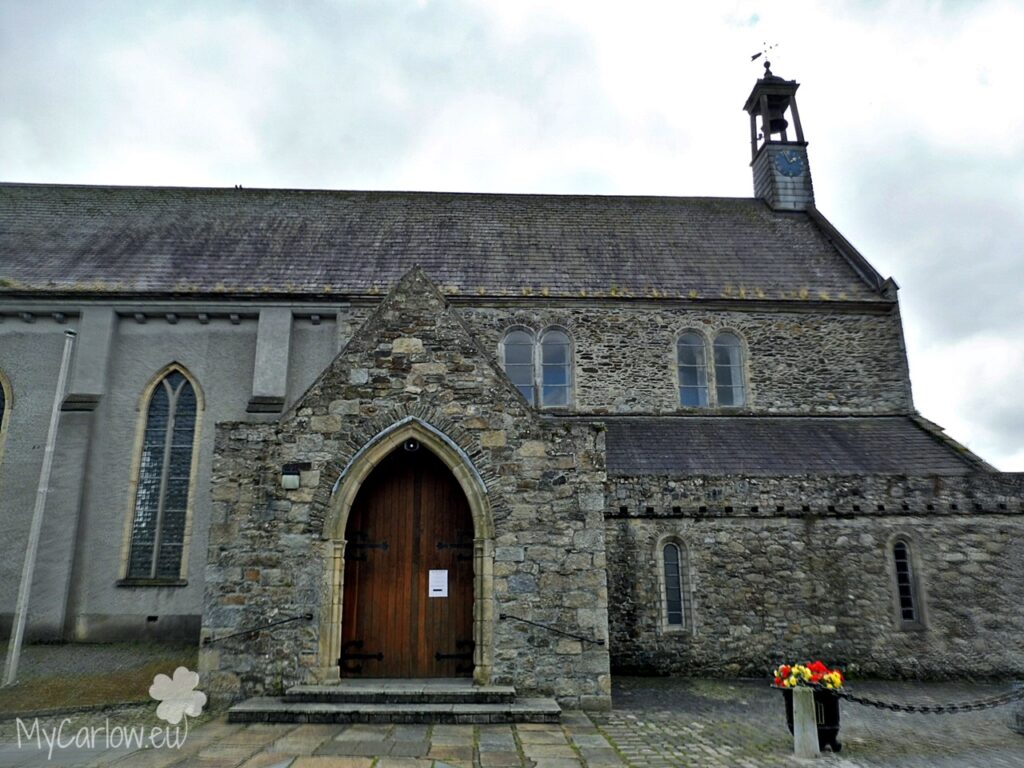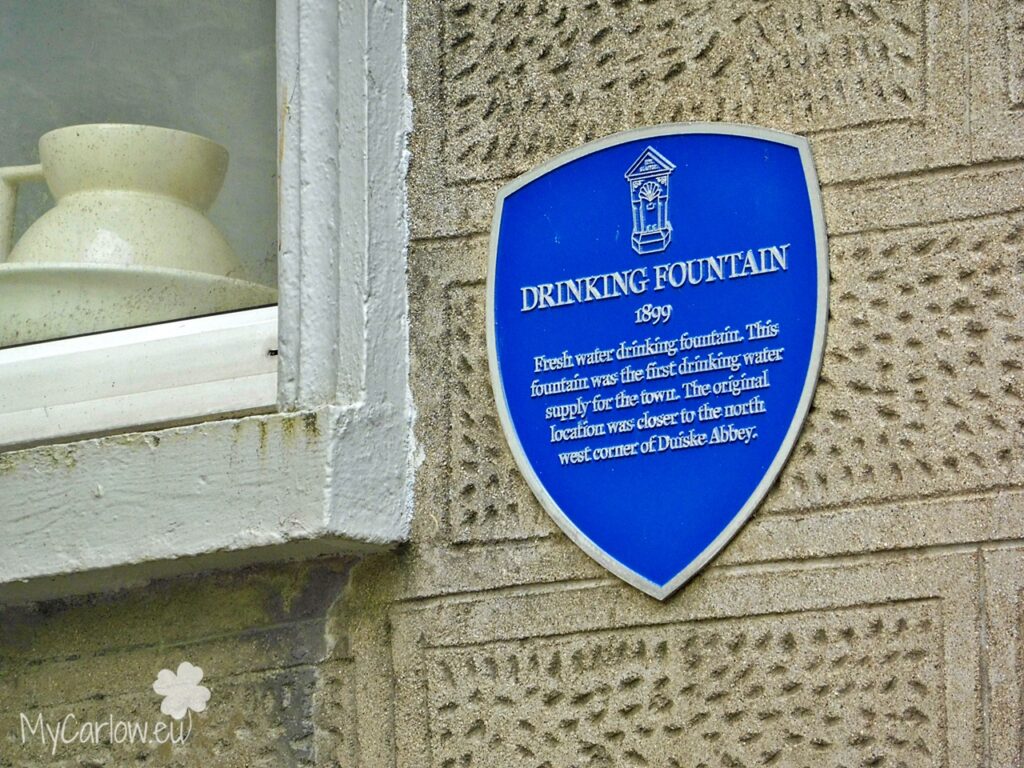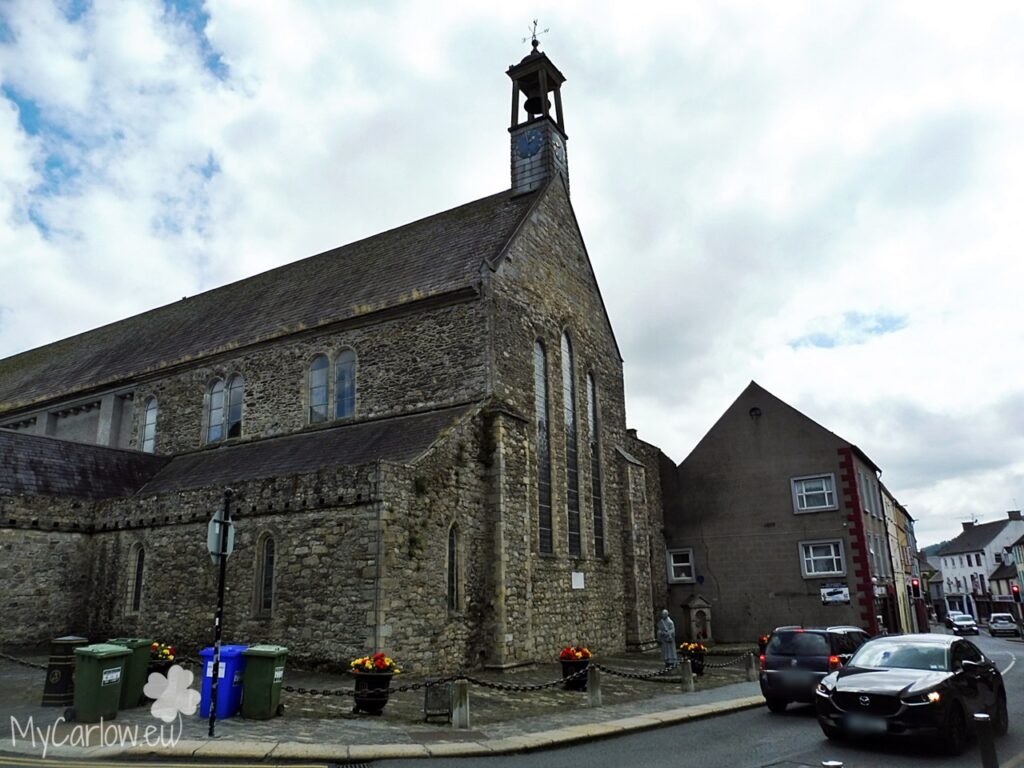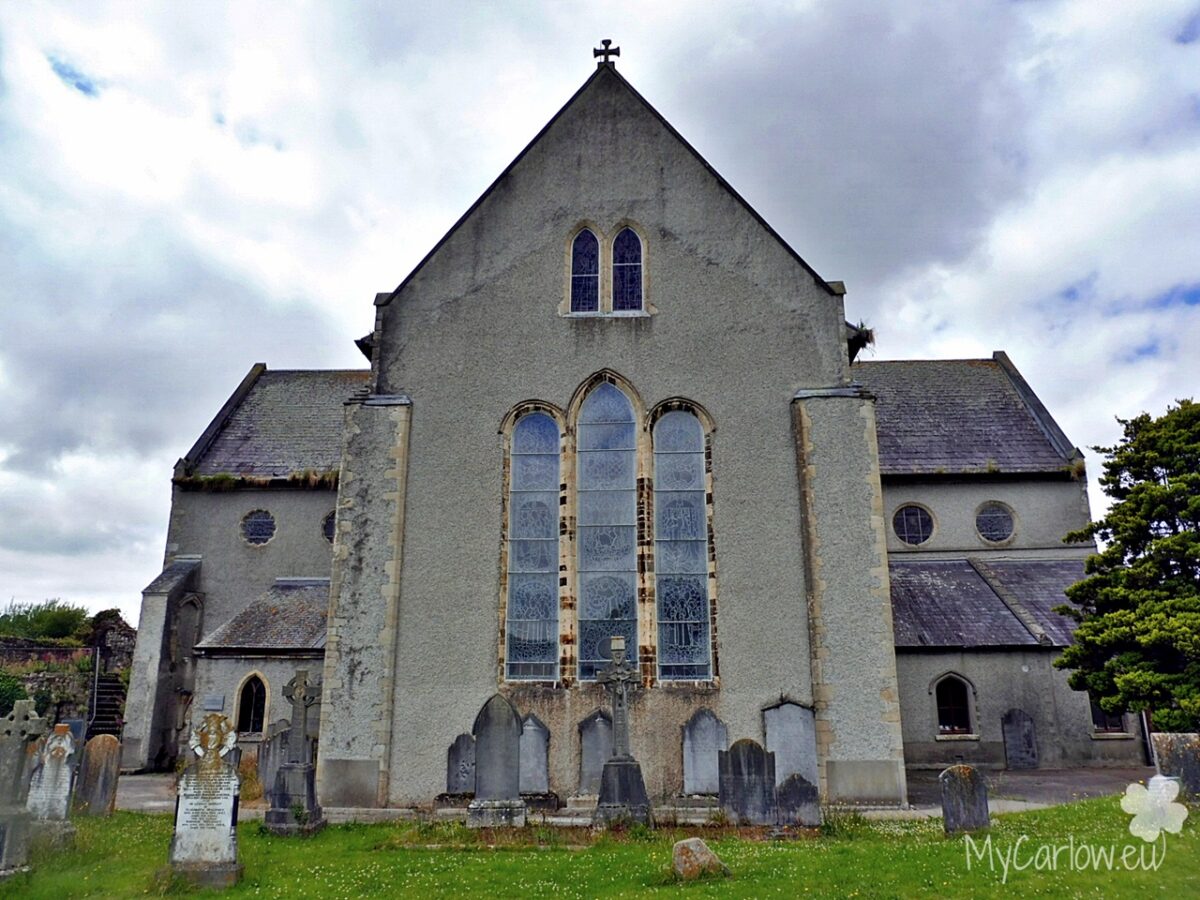
Duiske Abbey also known as Graiguenamanagh Abbey, is a 13th-century Cistercian monastery situated in the beautiful town of Graiguenamanagh, County Kilkenny.
So, the Abbey is located in the valley of the river Barrow, on a site between the main river and the Duiske tributary. Furthermore, the abbey derives its name from the Douskey River Irish: An Dubhuisce, meaning ‘Black Water’.
What`s more, it is one of the first, largest, and perhaps the finest of the thirty-four medieval Cistercian monasteries in Ireland.
The Abbey was founded in 1204 by William Marshall the elder, earl of Pembroke, and was colonized with monks from Stanley in Wiltshire.
However, the monks may not have arrived at Graiguenamangh until 1207. But it seems that building may have begun in 1204 when the cemetery at Duiske was consecrated.
Moreover, much of the abbey was constructed with yellow limestone brought across the Irish Sea from quarries at Dundry, outside Bristol.
Next, in 1228 the religious community was fixed at thirty-six monks and fifty lay brothers which were almost as large as Mellifont Abbey. So, the abbot of Duiske sat as a peer in parliament at that time.
Then, the Abbey was suppressed under Henry VIII in 1536 and the last abbot, Charles O’Cavanagh, resigned his title. However, Monks continued to occupy it but it began to fall into ruin.
Further, following the dissolution, the lands were awarded to James Butler of Duiske. The abbey church continued to be used as a local place of worship. The Church of Ireland re-roofed the West end after the tower collapsed into the nave in 1744. And then, the church was returned to the Roman Catholic community in 1812 and restoration was completed in the 1980s.
So, Duiske Abbey was fully restored in the 1980s.
Significant remains of the monastery still exist and the remains are fully restored as an early Cistercian Church. So, original medieval floor tiles from the original building can be seen in the abbey along with the beautiful “Early English” Gothic and Romanesque architecture. Also, some of the 13th-century stonework can still be seen. Including still-leaf foliage carved into the capitals, dog-tooth ornaments, and banded shafts. It contains many Lancet windows too.
Moreover, an effigy of a 13th-century Norman Knight found in the ruins is installed by the main entrance. He is depicted seizing a sword and is carved with great attention to detail. In fact, it is one of the finest medieval effigies in Ireland.
Furthermore, in its northern aisle, a model of the monastery shows the abbey as it was in the 14th century. Also, explanation plaques are at various points in the Abbey.
Besides, in the nearby Abbey Centre, there is an exhibition of contemporary Christian Art and local historic artifacts.
Duiske Abbey is a National Monument of Ireland, likewise.
Currently, it is used as a parish church of Graiguenamanagh town and beautifully dominates the town center.
In addition, the churchyard is home to the Aghakiltawn and Ballyogen Crosses, dating from the 8th and 9th centuries. Built into the wall of the Abbey is a Cross Slab as well. Also in the abbey grounds is the base of a third cross.
Source: en.wikipedia.org/wiki/Duiske_Abbey and villageofthemonks.com/duiskeabbey
Location of Duiske Abbey:
Below are photos I took in July 2021.
